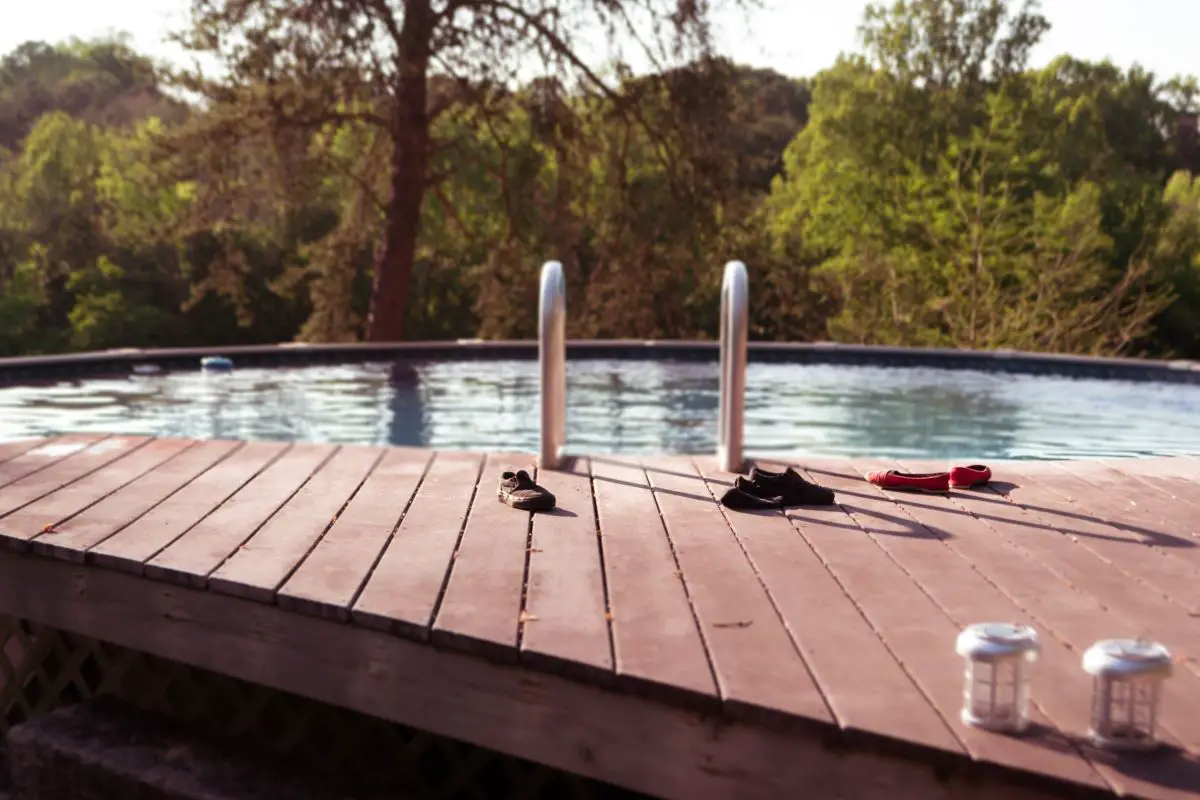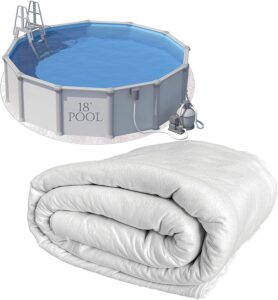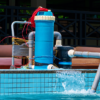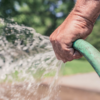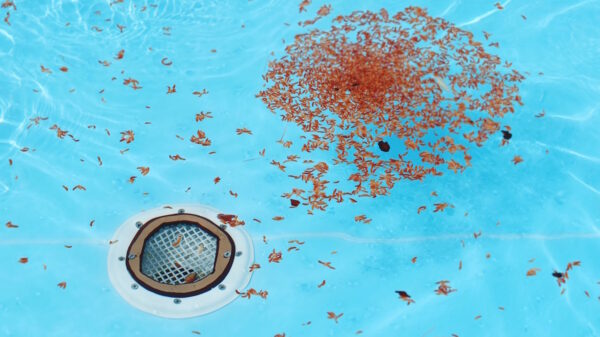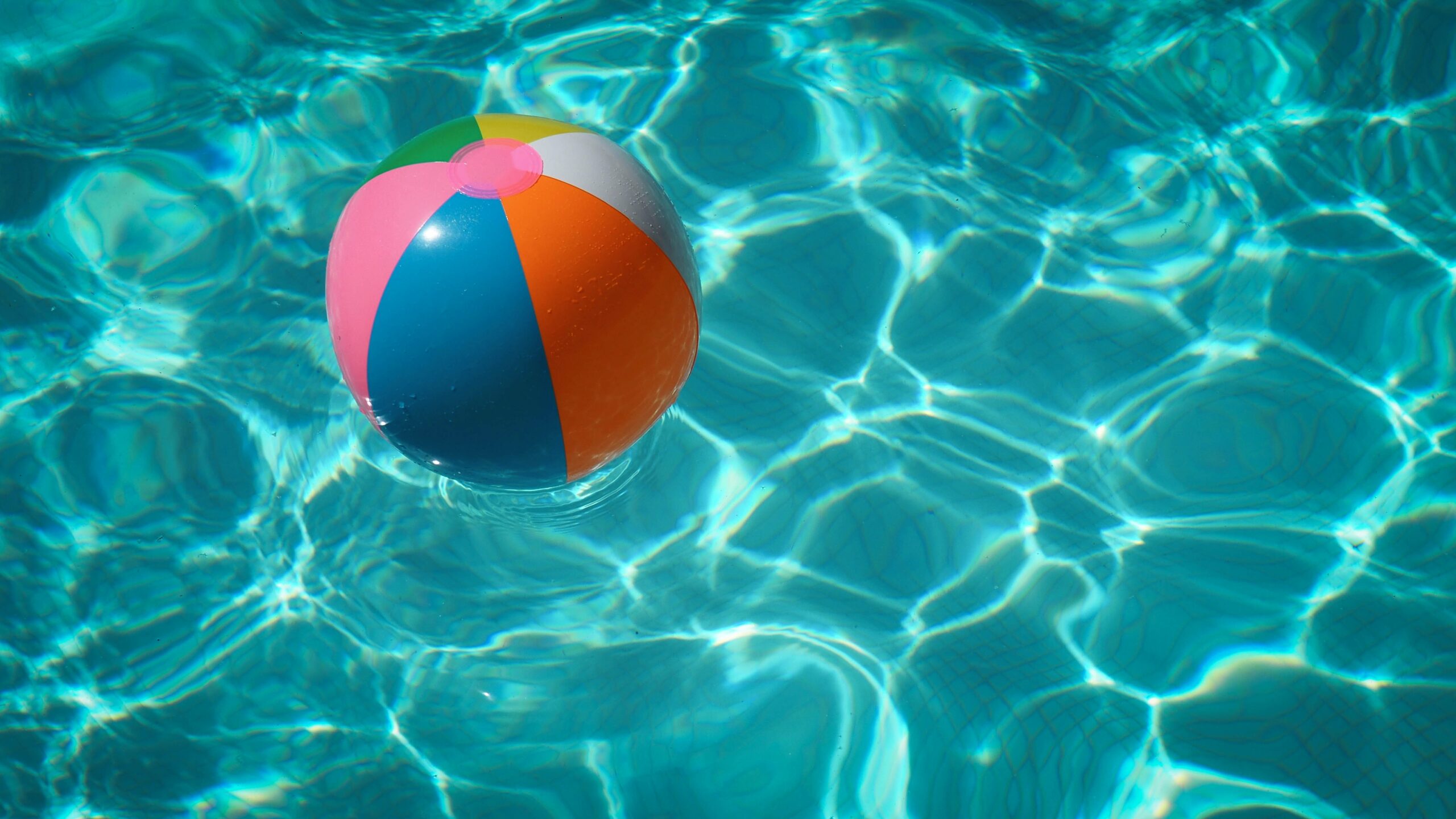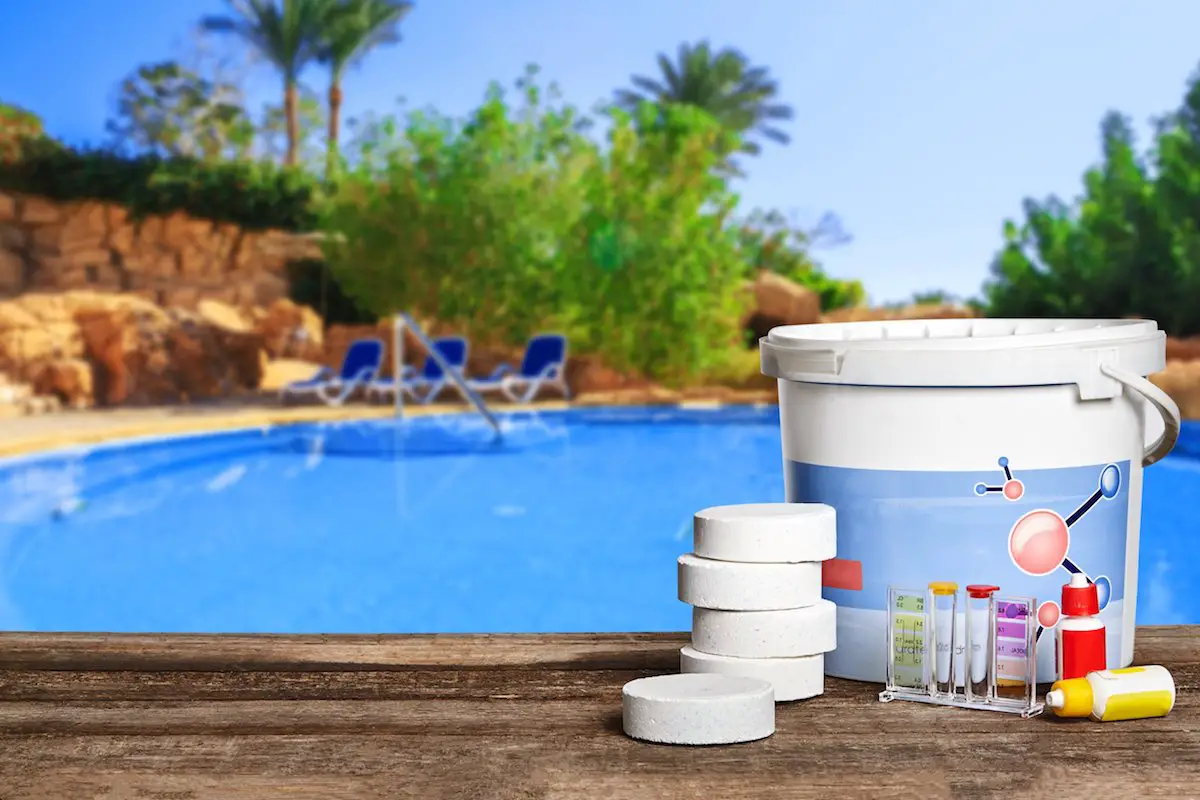How Often Should I Replace My Above Ground Pool Liner?
Is it time to replace your pool’s liner? The easiest answer would be to say when it leaks, but a vinyl liner will typically last 10 to 15 years. Although various factors can have an impact on this. Living in an area where standing water issues are prevalent may shorten the life of your liner; so will not keeping the water in your pool balanced. With that being said, if you live in an arid climate and have a well-maintained pool, your liner could potentially last the entire 15 years. If you’ve had your liner for 10 to 12 years and it hasn’t begun to show any signs of wear, then you’re probably in the clear for a few more years.
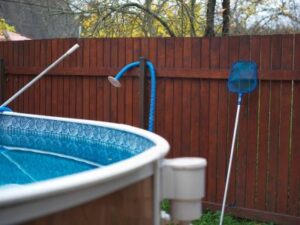
Should I Replace The Liner In My Above Ground Pool?
If your line is damaged, torn or doesn’t preform it’s most basic functions, then it should be replaced. The most important element in a pool is the vinyl pool liner. You’ll need to replace it at some time and it keeps pests from getting in the pool. A swimming pool liner is a vinyl covering that is installed over the walls and floor of a pool to keep water in, improve the appearance of the facility, and make it more pleasant to swim in. Vinyl pool liners are made with a heavy-duty vinyl material that is designed to withstand the chemicals in pool water, as well as the weight of the water itself. Most importantly, a good-quality liner will resist punctures and holes.
Reasons to Replace Your Liner:
-
- Replace it if it is Faded, Stained, Or Discolored
- Torn Or Cracked
- Losing Its Form
- Leaking
- Stretched Out, Slipped Or Wrinkled
Here is a full breakdown of why you may want to replace your liner.
1. Faded, Stained, Or Discolored
The most obvious indications that your pool liner needs to be replaced are discoloration, staining, and fading. UV and chemical deterioration can cause fading regions on your vinyl pool liner.
- While most pool liners nowadays resist UV fade, it does happen over time.
- It becomes brittle and flexible as the vibrant coating on your pool liner fades away.
When you notice large cracks or holes, it might be time to replace your liner.
2. Torn Or Cracked
When a pool liner cracks and tears, it generally indicates that it needs to be replaced. Vinyl pool liners deteriorate as a result of the UV radiation from the sun and the pool chemicals that keep water safe to swim in, which can cause vinyl to become brittle. Liners that have become brittle tend to crack and rip more readily.
UV damage is most prevalent in that area, and therefore cracks will often form at or very near to the surface of the water. If your pool liner begins to crack or shred around the water line, you’ll need to replace it in the next few weeks.
It’s not time to replace your pool liner if you see a little leak. The occasional leak is quite typical for older liners, and a simple liner patch kit can fix it. If you notice cracks developing in one spot or rips appearing all over the pool, you should get a new pool liner as soon as possible.
3. Losing Its Form
As your pool liner ages, it will lose some of its suppleness. It is possible that beading, lumps, wrinkling, or falling off the coping track occur as a result of the liner stretching. Groundwater is common in areas with this condition, and it might cause creases in the liner or even pull it out of shape.
- A pool liner that sags, wrinkles, or falls out of place needs to be replaced as soon as possible.
- It’s important to remember that a vinyl pool liner is a big investment, and you’ll want to take care of it so that it lasts for as long as possible.
- Be sure to follow the manufacturer’s instructions
It is possible that your pool will be refilled after it has been emptied and filled. When your pool is drained and refilled, it is not unusual. If you don’t get rid of the problem with your liner form, water can leak into the pool structure, increasing the potential for more serious problems.
4. Leaking
Cracks and rips are difficult to detect, particularly if they are concealed beneath the water’s surface in a crease or wrinkle. That is why keeping track of how much water drains from your pool is a smart idea, especially if your liner is more than ten years old.
If you detect a leak in your pool, performing a simple test can assist you to determine whether it is widespread. Fill a bucket on the steps to your pool with water to the same level as that in the pool. Water in the bucket will evaporate at the same rate as water in the pool, allowing you to see if your pool is losing more water than the bucket. If it is, you leak into your pool.
Check the water levels in your pool and bucket daily after a few days. If the water level in your pool is lower than that in the bucket, there’s a leak; if not, you’re just losing water as a result of evaporation.
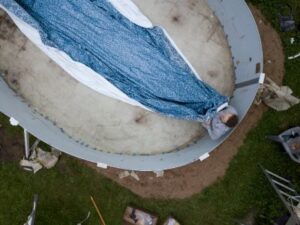
5. Stretched Out, Slipped Or Wrinkled
After your pool liner is installed, it may begin to stretch in some situations. This can cause creases in the liner and even pull it out of the track at the top of the pool.
- Groundwater is common in areas with this problem, which can cause creases in the liner or even pull it out of shape.
When you see the liner slipping out of the top track of the pool, attempt to push it back in.
To do this, first soften the lining by adding hot water, then try to lift it and place it on the track. If it won’t go back in or if the problem keeps recurring, your pool liner may need to be replaced.
If you are experiencing one or more of the challenges listed above with your liner, it is time for a replacement. The longer you continue to put a bandaid on these issues, the more damage you could be doing to the property and pool. There are quite a few areas you cannot see that could be impacted by these liner issues, which is why getting a professional opinion is the best way to ensure you are making the best decision for your home.
How To Replace My Liner?
When it is time to replace your liner, you will want to do it on your own but depending on how complex your pool is you might select a trustworthy pool service provider. Selecting a company that specializes in liner installation and replacement will ensure that the job is done right the first time.
Be sure to ask questions and get multiple quotes before making your decision. Once you have selected a company, be sure to read and understand the contract before signing it. This will protect you from any surprises down the road.
Here Are Some Questions You Need To Ask:
- What experience do they have in replacing liners?
- Are sub-contractors used?
- What professional organizations are they a part of?
- What country are the liners made in?
It is also crucial to get a written quote so you can compare prices.
After choosing a reputable company, you need to choose a liner. Do not hesitate to ask for advice from your installer to help you choose between the variety of pool liner designs available.
- After selecting a design, the installer will take additional measurements to ensure that your pool’s liner is of the right size.
- Your liner should have some give, but not too much. The installer will also identify any anomalies at this point.
The installer will cut holes for the stairs, jets, and skimmer when preparing the pool surface for its new liner. Once the installation is finished, go through your water sample and make sure it’s suitable.

What is the Best Time to Replace my Pool’s Liner?
There are two ultimate times to replace your pool’s liner. It is either in the spring or fall. This also helps not to lose any of those precious summer months when you want to use it. Springtime is also often the busiest season, which is why booking early is critical to ensuring a smooth replacement process.
- You may not be able to plan ahead of time when to replace your pool’s liner.
- Working with the correct pool service provider might allow you to use your pool all summer.
- If it is closed for five to seven days, allowing you to make the most of it.
Keep in mind that the installation process will be affected by the weather. If it is too hot or too cold, the liner may not adhere to the sides of the pool as well as it should.
- Your installer will be able to advise you on when the best time to replace your liner would be.
Remember, your above-ground pool liner is an important part of your pool and needs to be replaced every few years. Be sure to work with a reputable company to get the best results. Also, don’t forget to ask questions and get multiple quotes before making your decision. Once you have selected a company, be sure to read and understand the contract before signing it. This will protect you from any surprises down the road. Finally, be aware of the weather and plan to replace your liner in the spring or fall for the best results.
Shop Square Precut 18-Foot Round White Pool Liner Pad for 18′ Above Ground Swimming Pools – Puncture Prevention Extends Liner Life
The Shop Square Pool Liner Pads are an essential part of the pool construction process. They extend their life and prevent problems that can be common in above-ground pools, like cracks or leaks! The best way to protect your vinyl liner from punctures is by using an above-ground pool pad. Made of felt like polypropylene geotextiles, these pads will not only keep you safe but also make sure that punctures your vinyl. Shop for the right swimming pool liners with ease! Square Above Ground Swimming Pool Liner Pads come pre-cut and are manufactured to fit most pools.
Review:
What a great find! I’m so happy to have found this site. This product is just what my needs were and it arrived quickly too – thank you for the excellent service, we will be back soon

